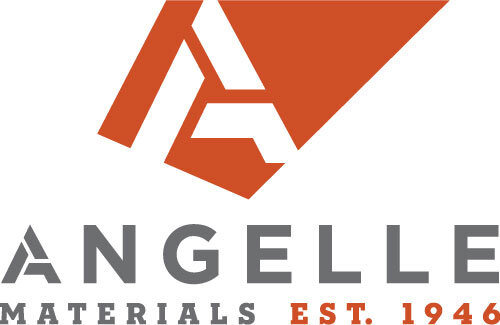Plastic Shrinkage Cracking
Concrete, while sturdy and foundational in construction, can be prone to plastic shrinkage cracking when it's still fresh. These cracks are typically shallow, parallel, and don’t often affect the structural strength, but they can lead to long-term durability issues by allowing chemicals to seep in. Plastic shrinkage cracks form when water on the surface of the concrete evaporates faster than it can be replaced by internal moisture, creating tensile stress that the concrete can't withstand if it hasn't set properly. Factors like high wind speeds, low humidity, and elevated temperatures increase the risk of these cracks.
To combat plastic shrinkage cracking, it’s essential to anticipate and mitigate the factors that contribute to rapid surface drying. Strategies include erecting windbreaks, providing sunshades, utilizing fog sprays to maintain surface moisture, and ensuring the concrete and its subgrade are appropriately moist before and during placement. Angelle Materials, your trusted concrete expert, can help assess and implement these strategies effectively, ensuring the longevity and aesthetic of your concrete installations.
The detailed explanations and preventive measures for plastic shrinkage cracking are extensively covered in the NRMCA’s Concrete in Practice 5 – Plastic Shrinkage Cracking, offering valuable insights into maintaining the quality and appearance of concrete installations.
For more information and resources on effective concrete management, the National Ready Mixed Concrete Association's website at www.nrmca.org serves as a comprehensive resource.
PDF courtesy of the National Ready Mixed Concrete Association, Silver Spring, Maryland. USA.
Additional PDFs can be found on the NRMCA site for a variety of topics.


